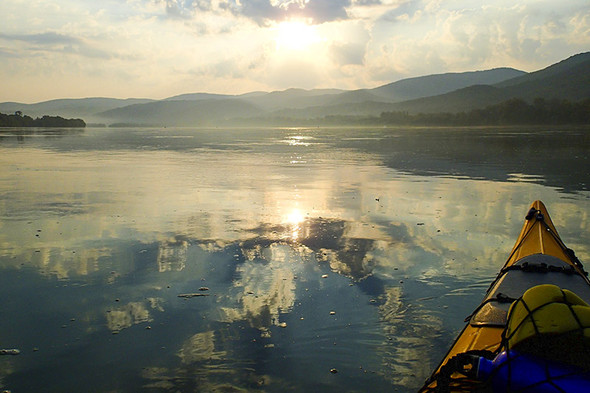Our readers must definitely know that the WineSofa team does not only love tasting wine but also enjoys kayaking and canoeing. We were trying to combine these two hobbies of ours when last year we paddled on the Danube in Austria between Melk and Klosterneuburg and later down the Bodrog river across the Tokaji Wine Region starting from Zemplín in Slovakia and arriving in Tokaj, Hungary.
We had many plans for last year but could only implement few of them due to the lack of time. For instance, paddling around Lake Balaton had to be postponed but we spent a long weekend on the Danube travelling from Neszmély down to Göd. It will come as no surprise that we managed to come across a few former and current wine regions on the way…
We recommend the following programme for a long weekend (i.e. for three whole days):
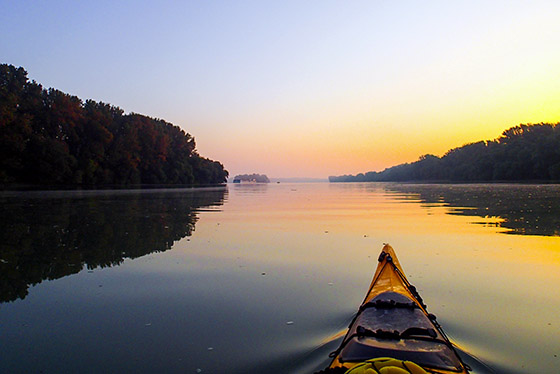
Day 0
Zero looks funny here but outdoor travel agencies also maintain this optical illusion so we also start with day 0 when there is only one goal: get to Neszmély somehow by the evening. Motorway M1 takes you all the way from Budapest to Tata which is only a short ride away. The whole trip takes a mere 70 minutes. Since we are about to paddle, there is no need to spend much time on selecting the accommodation. Éden Camping located at the edge of Neszmély is most probably one of the cleanest, most well-equipped camping site in Hungary situated immediately on the riverbank. It has its own harbour protected by some islands so even the current is less powerful here. It is a perfect choice if we arrive by an RV or want to sleep in a tent, but there are also houses for rent and a restaurant so everything you might want for a pleasant stay. What is more, they organize recreational events, as well including jeep rides, mountain bike and paddling tours or wine tastings to the largest and most well-known winery of the region, Hilltop. Kayak and canoe renting is also possible. (Surprisingly, this cool place is for sale so if you want to purchase a fully operational camping site, this one is strongly recommended.)
Hilltop Kamocsay Ákos, Ihlet Cuvée 2015 (Hárslevelű, Chenin Blanc, Chardonnay) I 85-87 points
Warm, floral character on the nose with a touch of medlar and mandarin too and ripe apple and linden blossom in the background. Medium bodied with smooth acidity and flavours of apple, blossom, apricot stone, mandarin and grapefruit. Very drinkable wine with a medium finish.
Hilltop Kamocsay Ákos, Prémium Pinot Noir Rosé 2015 I 84-86 points
Classic pinot rosé aroma of boiled sweets, sour cherry, raspberry and redcurrant jam. Medium bodied with lively acidity, firm structure and attractive fruit flavours of raspberry and orange. A little chalky tingle on the finish as well as the fruit. Lovely.
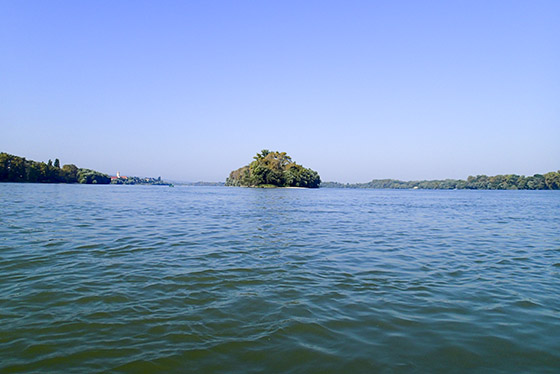
Day 1
This is actually the tasting day. I would suggest discovering the Neszmély Wine Region on this day: let us go and taste some wine, swim a lot in the Danube and learn about kayaks and canoes.
Four years ago when I was writing The Great Hungarian Wine Atlas, the Introduction to the Neszmély chapter contained the following paragraph:
From among the small wine regions of Northern Pannonia, it is probably the Neszmélyi that receives the least attention. The reason may be that its production circumstances are rather one-sided: the wine region did not (or did not well) create its cellars that would trigger new ones to enter the market so there is not a critical mass. This is a fact even though the popular large cellar Hilltop is working hard and there is also a smaller, renowned estate. The opportunities exist, though: the wine region is doing well especially in that niche market where there is real demand nowadays, i.e. in the category of light, well-drinkable white and rosé wines.
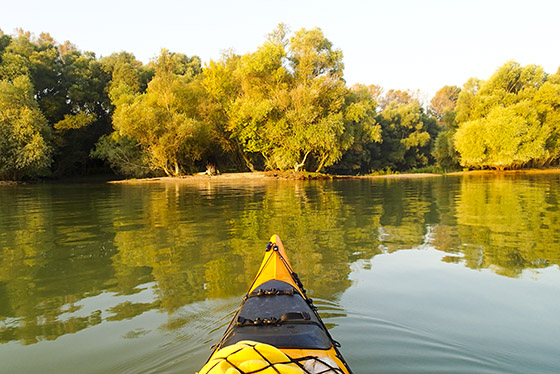
Neither my opinion, nor the situation has changed since. Hilltop continues to be the large winery which became acknowledged in the British market in the 90s when the other minor cellars were not even known in Hungary, either. The wine region, however, has a rich history and hidden treasures:
Considering the goodness, the king of regional wines is the one from Neszmély. Its main feature is that it matures in 4-5 years when it becomes strong, its flavour pleasant making it so much beloved. (Elek Fényes, Statistician, Economist and Geographical Writer, 1848)
After the glory of the past, let’s build a glorious present. (And click here if you want to read more about this wine region!)
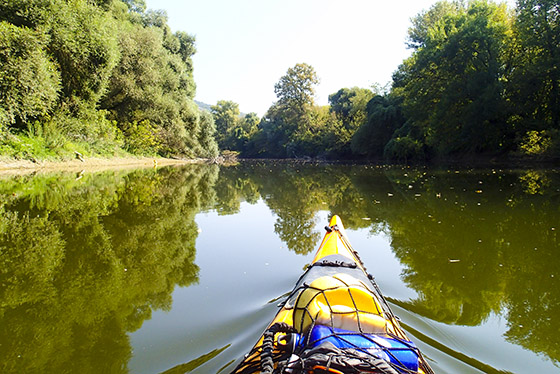
Day 2
This day is dedicated to paddling. It is worth getting up early so that we could be on the water when the sun comes up. We start our journey going east with the flow and it takes only 30 minutes to leave the islands behind and arrive at the Danube. Be careful here. The Danube is a large river with heavy current and whirlpools. Make sure to get the latest water sports map and some information before you set off. On the journey we can get into dangerous situations in several places, such as the breakwaters connecting the islands and the riverbank where the water rushes over at incredible speed. Nevertheless, the trip is simply wonderful between Neszmély and Dömös passing 10 islands, two river bars (!), the sights of Esztergom from the waterside, Slovakia on the left and Hungary on the right. Speaking of Slovakia, there is wine there, too. And as Örs Orosz put it in one of his studies about Moča (Mocs):
Vineyards were sometimes located quite far from the villages. This was the case in one of the historical vineyards of Mocs. The parcel named Mocsolya was lying at the borders of Bátorkeszi and Madar, the furthest from the village, about 5 kilometers away, i.e. an hour on foot from the village centre. In Mocsolya there were cellars and press houses arranged in a street-like fashion in three parallel lines, altogether 76 of them (when the wine village as a legal status was terminated). There was an open space after the sixth house of the middle cellar row, where assemblies were held. The only stone cellar was situated in this area and it functioned as the site for collecting the tithe of the lordship. The cellars of vineyard owners were 3-4-meter long hole-like pits dug into the clay. The vineyards were stretching along the east side of the press houses with the already mentioned Mocsolya gate at their southeastern border. Kenderes tag closed them off in the west and four cellars looking towards Madar marked the northern boundary. Starting from the mid-19th century wine production fell due to the already mentioned disease and other economic reasons. In the second half of the century homesteads were becoming increasingly independent thus loosening landlord-initiated vineyard laws and rules based on traditions, destroying the organizational structure of wine villages. In 1853 vineyard regulations were officially banned and after 1895 sleeping in the vineyards had to be authorized by the local board. At the end of the 90s when the border issues were tackled, the former vineyard was annexed to the fields. After the wine village was terminated, the farmers’ community hired a so-called “vineyard master“ who practically guarded the cellars. With silent resignation the local community – being a winemaking community for centuries – let Mocsolya dűlő down. Today the farm roads are overgrown with vegetation and the approximately 80-100 cellar holes and the only stone cellar are the reminders that this vineyard had seen better days.
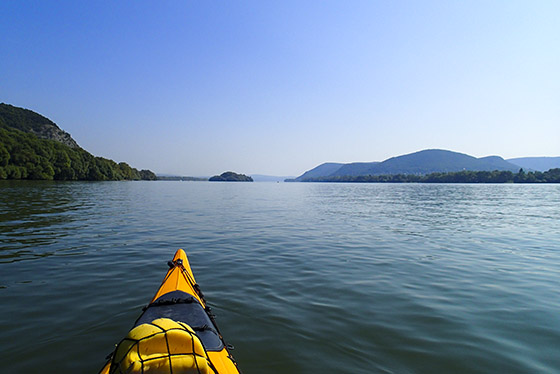
One can find still active winemakers in Kamenica nad Hronom after Strekov, Belá, Muzla and Stúrovo next to the River Hron.
Geönczeöl, Veltelini 2013 (Kamenica nad Hronom) I 80-81 points
Warm aromas of exotic fruit, orange, mandarin and pineapple. Medium bodied, fresh acidity, apple, apricot, mandarin and a touch of oxidisation. Medium finish. Drink now!
Tamasek, Dunaj 2015 (Strekov) I 83-85 points
Animalistic, herbal nose with medicinal syrup, camembert and blackberry jam. Medium bodied with attractive acidity and flavours of overripe black berries, blueberry and blackberry jam, plum and a pinch of spice. Interestingly, the body does not reflect the overripe notes, whereas the alcohol sticks out a little and is rather warming. So, chocolate and alcohol can rather be felt on the finish. Sour cherry in cognac.
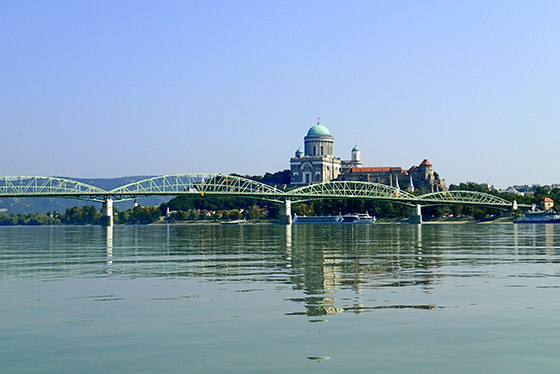
It is possible to make a stop in Esztergom (there is a camping site there, as well) but it is a must to take a rest in the shingle bank in the middle of the Danube not far from the mouth of the River Hron. Later on after the Ipoly river runs into the Danube, the houses of Szob can be seen on the left bank and from that point both riverbanks are inside Hungary. Before we reach Zebegény an island lures tired travelers and then we can enter Dunakanyar, this beautiful natural phenomenon. The camping site is located on the right side above (!) the Dömös harbour. It is only a 50-meter walk.
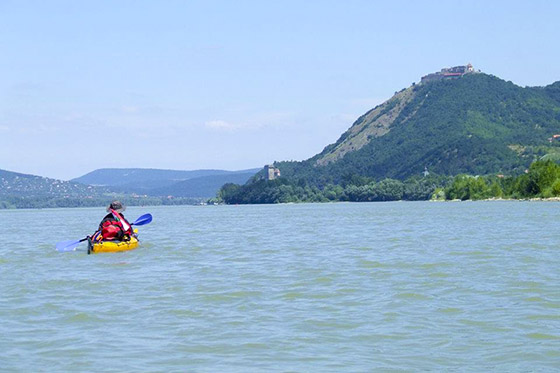
Day 3
It is a good idea to start the day early again, paddle along the Dunakanyar, admire the Castle in Visegrád, eat some fried fish in Nagymaros, have a coffee at the supporting wall in Verőce, take a stop in Vác to try some specialty by probably one of Hungary’s best confectioners, then arrive in Göd at the boathouse early in the afternoon. Eat a nice lunch or dinner in the restaurant and have the car pick up the boats here.
A separate section could be dedicated to cultural sights but, speaking from experience, after a whole day of paddling it is enough to set up the tent, drink a spritzer and then … sleep. So the sights and former wines of the Dunakanyar will be described in another article to be published some time in the autumn, hopefully, to everyone’s pleasure. Until then, keep your fingers crossed so that we could make it and paddle around Balaton this year.



